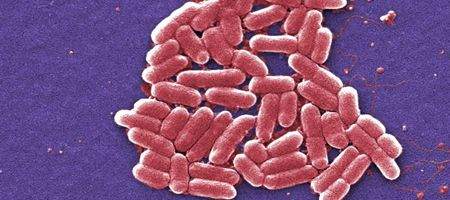Scientists have shown that similar – or even identical – mutations can take place in completely separate populations of E. coli evolving in different environments over more than 1,000 generations.

The team examined three different populations of bacteria. At first, each consisted of ‘generalists’ competing for two different sources of dietary carbon, glucose and acetate. However, after 1,200 generations they had evolved into two coexisting types, each with a specialized physiology adapted to one of the carbon sources.
The scientists were able to sequence the genomes of populations of bacteria frozen at 16 different points during their evolution, and discovered a surprising amount of similarity.
“In all three populations it seems to be more or less the same core set of genes that are causing the two phenotypes that we see. “In a few cases, it’s even the exact same genetic change,” says Matthew Herron, research assistant professor at the University of Montana.
“There are about 4.5 million nucleotides in the E. coli genome. Finding in four cases that the exact same change had happened independently in different populations was intriguing.”
The scientists argue that a particular form of selection – negative frequency dependence – plays an important role in driving diversification. When bacteria are either glucose specialists or acetate specialists, a higher density of one type will mean fewer resources for that type, so bacteria specializing in the alternative resource will be at an advantage.
“We think it’s likely that some kind of negative frequency dependence – some kind of rare type advantage – is important in many cases of diversification, especially when there’s no geographic isolation,” says Herron.






